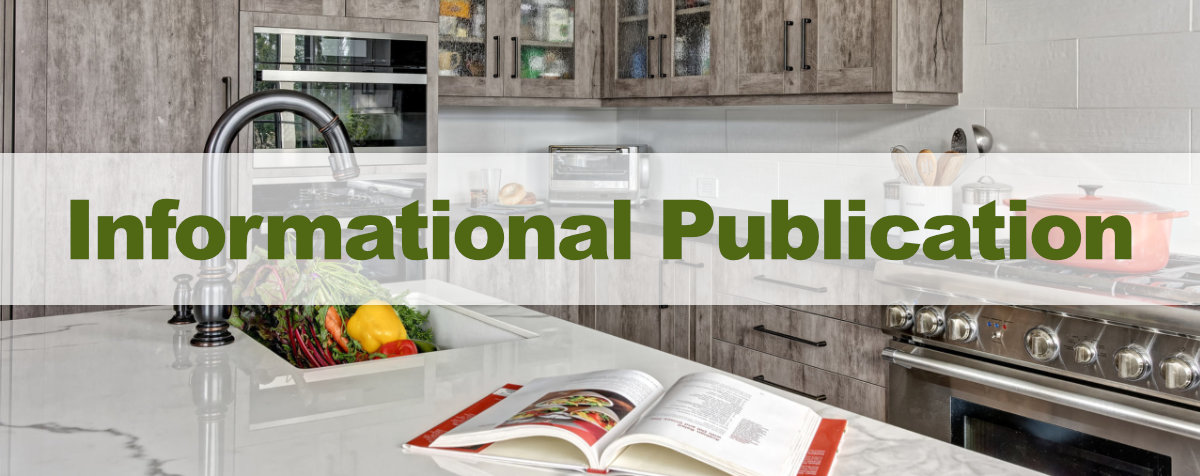
Cooking is both an art and a science, and mastering different cooking techniques is essential for anyone aiming to excel in the culinary world. From the quick sizzle of sautéing to the low and slow art of braising, each technique offers unique flavors and textures that can elevate a dish from mundane to magnificent. In this publication, we'll delve into seven essential cooking techniques—Sauté, Grill, Roasting, Fry, Broil, Braising, and Sous Vide—and explore the job responsibilities a professional cook holds for each.
The term "sauté" comes from the French word for "jump," and that's essentially what food does in the pan when you sauté it. The technique involves cooking food quickly in a small amount of oil or butter over high heat. It's a method best suited for tender cuts of meat, vegetables, and aromatics like garlic and onions.
For a professional cook, sautéing involves more than just tossing food into a pan. It requires proper heat management, precise timing, and the skill to flip food without relying solely on a spatula. The cook must also understand how different foods react to high heat and adjust the cooking process accordingly.
Grilling involves cooking food on a grate over an open flame or hot coals. It's a popular method for cooking meat, vegetables, and even fruits. The high heat and smoky flavor imparted by the flames make grilling ideal for a range of foods.
A professional cook responsible for grilling needs to maintain and clean the grill, control the heat effectively, and monitor cooking times. They must also master the art of creating grill marks, know when to flip the food, and understand the different zones of the grill for searing, cooking, and resting.
Roasting involves cooking food in an oven at a high temperature, typically with little to no liquid. The dry heat caramelizes the sugars in the food, leading to a flavorful crust. Roasting is commonly used for larger cuts of meat, whole birds, and hearty vegetables like potatoes and carrots.
In a professional setting, the cook must properly season and prepare the food for roasting, preheat the oven to the appropriate temperature, and monitor the cooking process. They are also responsible for basting, when necessary, and ensuring even cooking.
Frying involves submerging food in hot oil, resulting in a crispy exterior and tender interior. There are different types of frying, including deep frying and pan-frying.
For frying, a professional cook must carefully monitor the oil's temperature and quality. They must also be trained in safety protocols to avoid burns or fires. The cook must know how long to fry different items and how to drain excess oil effectively.
Broiling exposes food to direct heat from above. It's often used for quick-cooking foods like fish fillets, steaks, and vegetables.
Broiling requires a professional cook to preheat the broiler, position the rack and food correctly, and closely monitor the cooking to avoid burning. The cook must also know when to flip the food, if at all, and when it is perfectly done.
Braising involves searing food at high heat and then cooking it slowly in a small amount of liquid. It's ideal for tougher cuts of meat, as the slow cooking breaks down fibers, making the meat tender.
A professional cook engaged in braising has to be proficient in searing to lock in flavors and then transition to slow-cooking. They also need to select the appropriate braising liquid and seasonings to enhance the dish.
Sous vide, French for "under vacuum," involves sealing food in a plastic bag and cooking it in a water bath at a precisely controlled temperature. The result is evenly cooked food with enhanced flavors and textures.
Operating a sous vide setup requires a deep understanding of food safety and temperature control. The professional cook must also master the skills of vacuum-sealing food and choosing the appropriate time and temperature for cooking.
Understanding these seven essential cooking techniques is crucial for anyone working in a professional kitchen. Mastery over these methods allows for creativity, efficiency, and most importantly, the ability to deliver dishes that meet the highest standards of quality and flavor.■
The distraction-free information presented in this publication was thoughtfully curated and published by ViewMoreInfo.com. It was developed for a digital audience with the help of advanced generative AI technology to provide a thorough and accurate understanding of the topic explored.
For inquiries, send a message to the email address below.